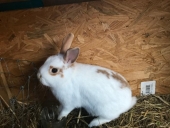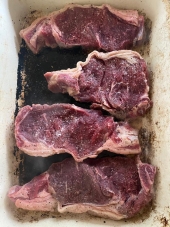


M Ljin wrote:Not going to suggest crops so much as strategy…
As far as I understand no one has been able to have no inputs without fallowing, or food foresting.
The figure I have heard (maybe Will Bonsall said it?) is that cultivating more than one fourth (give or take) of the land at a time necessitates inputs—the rest being perennial something that goes into a composting (or animals). As a goat farmer the latter option seems wise! It’s also possible and possibly beneficial to rotate the cultivated area and leave the rest fallow.
So the goat manure and bedding go to making compost for your beds, which take up only 1/4 or less of the entire land (about a quarter acre per person— 9/4=2.5 acres). Turnips, say, could be good crops, and other roots—greens and vegetables could be gathered from the forests and fallows.
I also would include the forests and non-arable land into the food calorie equation because they can be excellent sources of all sorts of food—mushrooms, greens, some kinds of shade tolerant berries, etc. Especially if there are nut trees. And since they cannot be cultivated they need little input.
I would always emphasise foraging because it is so reliable and doesn’t require us to take up space in our own land.
Thom Bri wrote:Is it typically foggy/cloudy (my ignorant conception of Tasmania) or do you get plenty of sunny warm days?



Timothy Norton wrote:My first half a cow, I was excited for a bunch of roasts and neglected to think about how much ground I would receive. Living with just one other person, it is difficult to find a time to use up a nice big roast!
My next go around, I will be trying to get a better amount of ground out of it. I do like my stew beef as well so it is a balancing act.